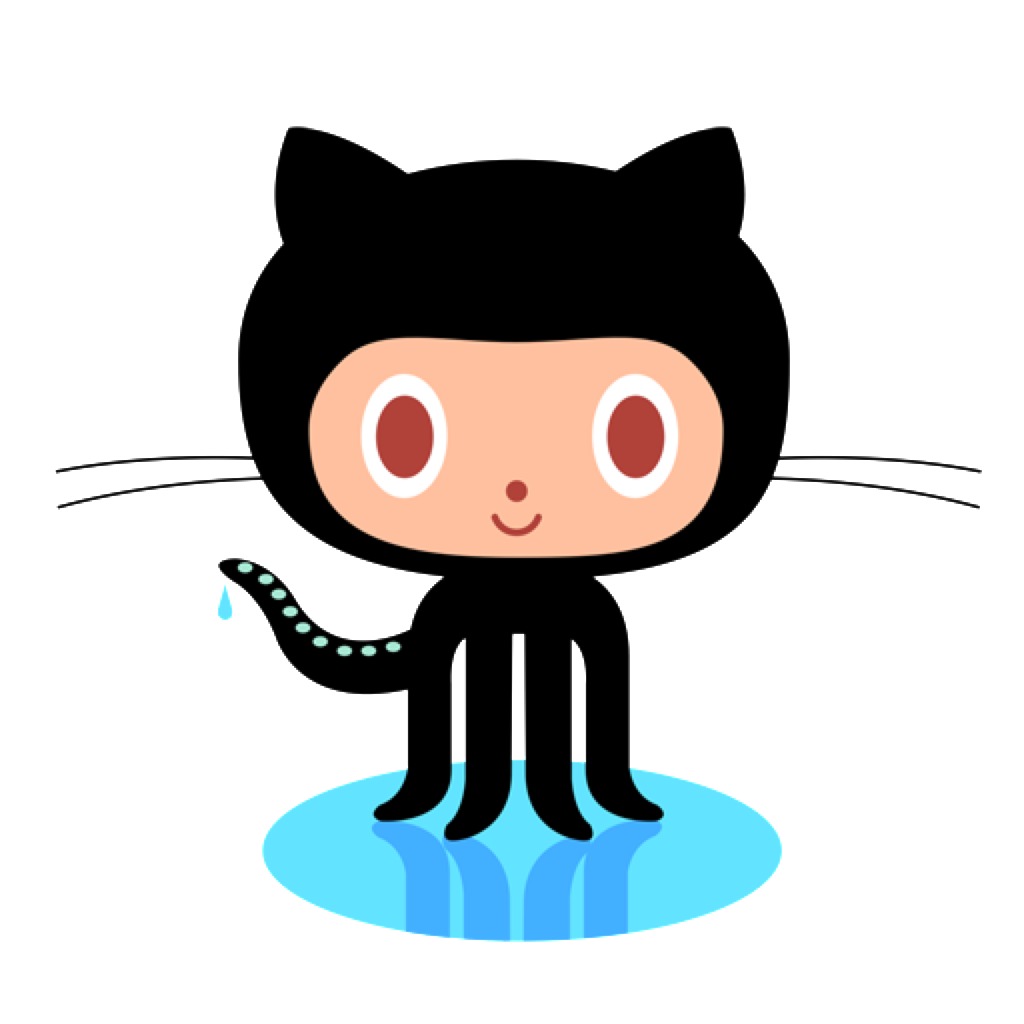gRPC(Java) keepAlive机制研究
基于java gRPC 1.24.2 分析
结论
- gRPC keepAlive是grpc框架在应用层面连接保活的一种措施。即当grpc连接上没有业务数据时,是否发送pingpong,以保持连接活跃性,不因长时间空闲而被Server或操作系统关闭
- gRPC keepAlive在client与server都有,client端默认关闭(keepAliveTime为Long.MAX_VALUE), server端默认打开,keepAliveTime为2小时,即每2小时向client发送一次ping
// io.grpc.internal.GrpcUtil
public static final long DEFAULT_SERVER_KEEPALIVE_TIME_NANOS = TimeUnit.HOURS.toNanos(2L);
- KeepAlive的管理使用类
io.grpc.internal.KeepAliveManager, 用于管理KeepAlive状态,ping任务调度与执行.
Client端KeepAlive
使用入口
- 我们在使用io.grpc框架创建grpc连接的时候,可以设置keeplive, 例如下面:
NettyChannelBuilder builder = NettyChannelBuilder.forTarget(String.format("grpc://%s", provider)) //
.usePlaintext() //
.defaultLoadBalancingPolicy(props.getBalancePolicy()) //
.maxInboundMessageSize(props.getMaxInboundMessageSize()) //
.keepAliveTime(1,TimeUnit.MINUTES)
.keepAliveWithoutCalls(true)
.keepAliveTimeout(10,TimeUnit.SECONDS)
.intercept(channelManager.getInterceptors()); //
- 其中与keepAlive相关的参数有三个,
keepAliveTime,keepAliveTimeout,keepAliveWithoutCalls。这三个变量有什么作用呢?
- keepAliveTime: 表示当grpc连接没有数据传递时,多久之后开始向server发送ping packet
- keepAliveTimeout: 表示当发送完ping packet后多久没收到server回应算超时
- keepAliveTimeoutCalls: 表示如果grpc连接没有数据传递时,是否keepAlive,默认为false
简要时序列表
Create & Start
NettyChannelBuilder
-----> NettyTransportFactory
---------> NettyClientTransport
-------------> KeepAliveManager & NettyClientHandler
响应各种事件
当Active、Idle、DataReceived、Started、Termination事件发生时,更改KeepAlive状态,调度发送ping任务。
Server端KeepAlive
使用入口
// 只截取关键代码,详细代码请看`NettyServerBuilder`
ServerImpl server = new ServerImpl(
this,
buildTransportServers(getTracerFactories()),
Context.ROOT);
for (InternalNotifyOnServerBuild notifyTarget : notifyOnBuildList) {
notifyTarget.notifyOnBuild(server);
}
return server;
// 在buildTransportServers方法中创建NettyServer
List<NettyServer> transportServers = new ArrayList<>(listenAddresses.size());
for (SocketAddress listenAddress : listenAddresses) {
NettyServer transportServer = new NettyServer(
listenAddress, resolvedChannelType, channelOptions, bossEventLoopGroupPool,
workerEventLoopGroupPool, negotiator, streamTracerFactories,
getTransportTracerFactory(), maxConcurrentCallsPerConnection, flowControlWindow,
maxMessageSize, maxHeaderListSize, keepAliveTimeInNanos, keepAliveTimeoutInNanos,
maxConnectionIdleInNanos, maxConnectionAgeInNanos, maxConnectionAgeGraceInNanos,
permitKeepAliveWithoutCalls, permitKeepAliveTimeInNanos, getChannelz());
transportServers.add(transportServer);
}
简要时序列表
Create & Start
NettyServerBuilder
---> NettyServer
---------> NettyServerTransport
-------------> NettyServerHandler
-----------------> KeepAliveEnforcer
连接准备就绪
调用 io.netty.channel.ChannelHandler的handlerAdded方法,关于此方法的描述:
Gets called after the ChannelHandler was added to the actual context and it's ready to handle events.
NettyServerHandler(handlerAdded)
---> 创建KeepAliveManager对象
响应各种事件
同Client
KeepAliveEnforcer
在上面Server端的简要时序图中,可以看见,server端有一个特有的io.grpc.netty.KeepAliveEnforcer类
此类的作用是监控clinet ping的频率,以确保其在一个合理范围内。
package io.grpc.netty;
import com.google.common.annotations.VisibleForTesting;
import com.google.common.base.Preconditions;
import java.util.concurrent.TimeUnit;
import javax.annotation.CheckReturnValue;
/** Monitors the client's PING usage to make sure the rate is permitted. */
class KeepAliveEnforcer {
@VisibleForTesting
static final int MAX_PING_STRIKES = 2;
@VisibleForTesting
static final long IMPLICIT_PERMIT_TIME_NANOS = TimeUnit.HOURS.toNanos(2);
private final boolean permitWithoutCalls;
private final long minTimeNanos;
private final Ticker ticker;
private final long epoch;
private long lastValidPingTime;
private boolean hasOutstandingCalls;
private int pingStrikes;
public KeepAliveEnforcer(boolean permitWithoutCalls, long minTime, TimeUnit unit) {
this(permitWithoutCalls, minTime, unit, SystemTicker.INSTANCE);
}
@VisibleForTesting
KeepAliveEnforcer(boolean permitWithoutCalls, long minTime, TimeUnit unit, Ticker ticker) {
Preconditions.checkArgument(minTime >= 0, "minTime must be non-negative");
this.permitWithoutCalls = permitWithoutCalls;
this.minTimeNanos = Math.min(unit.toNanos(minTime), IMPLICIT_PERMIT_TIME_NANOS);
this.ticker = ticker;
this.epoch = ticker.nanoTime();
lastValidPingTime = epoch;
}
/** Returns {@code false} when client is misbehaving and should be disconnected. */
@CheckReturnValue
public boolean pingAcceptable() {
long now = ticker.nanoTime();
boolean valid;
if (!hasOutstandingCalls && !permitWithoutCalls) {
valid = compareNanos(lastValidPingTime + IMPLICIT_PERMIT_TIME_NANOS, now) <= 0;
} else {
valid = compareNanos(lastValidPingTime + minTimeNanos, now) <= 0;
}
if (!valid) {
pingStrikes++;
return !(pingStrikes > MAX_PING_STRIKES);
} else {
lastValidPingTime = now;
return true;
}
}
/**
* Reset any counters because PINGs are allowed in response to something sent. Typically called
* when sending HEADERS and DATA frames.
*/
public void resetCounters() {
lastValidPingTime = epoch;
pingStrikes = 0;
}
/** There are outstanding RPCs on the transport. */
public void onTransportActive() {
hasOutstandingCalls = true;
}
/** There are no outstanding RPCs on the transport. */
public void onTransportIdle() {
hasOutstandingCalls = false;
}
/**
* Positive when time1 is greater; negative when time2 is greater; 0 when equal. It is important
* to use something like this instead of directly comparing nano times. See {@link
* System#nanoTime}.
*/
private static long compareNanos(long time1, long time2) {
// Possibility of overflow/underflow is on purpose and necessary for correctness
return time1 - time2;
}
@VisibleForTesting
interface Ticker {
long nanoTime();
}
@VisibleForTesting
static class SystemTicker implements Ticker {
public static final SystemTicker INSTANCE = new SystemTicker();
@Override
public long nanoTime() {
return System.nanoTime();
}
}
}
- 先来看
pingAcceptable方法,此方法是判断是否接受client ping。
lastValidPingTime是上次client valid ping的时间, 连接建立时此时间等于KeepAliveEnforcer对象创建的时间。当client ping有效时,其等于当时ping的时间hasOutstandingCalls其初始值为false,当连接activie时,其值为true,当连接idle时,其值为false。如果grpc调用为阻塞时调用,则调用时连接变为active,调用完成,连接变为idle.permitWithoutCalls其值是创建NettyServer时传入,默认为false.IMPLICIT_PERMIT_TIME_NANOS其值为常量,2hminTimeNanos其值是创建NettyServer时传入,默认为5min.MAX_PING_STRIKES其值为常量2
resetCounters方法是当grpc当中有数据时会被调用,即有grpc调用时lastValidPingTime和pingStrikes会被重置。- 如果client要想使用keepAlive,
permitWithoutCalls值需要设置为true,而且client keepAliveTime需要>=minTimeNanos
作者:
单行线的旋律(单行线的旋律's Blog on 博客园)
出处:http://www.cnblogs.com/mycodingworld/
本作品由单行线的旋律 创作,采用知识共享署名-非商业性使用-禁止演绎 2.5 中国大陆许可协议进行许可。 欢迎转载,但任何转载必须保留完整文章,在显要地方显示署名以及原文链接。如您有任何疑问或者授权方面的协商,请 给我留言。
出处:http://www.cnblogs.com/mycodingworld/
本作品由单行线的旋律 创作,采用知识共享署名-非商业性使用-禁止演绎 2.5 中国大陆许可协议进行许可。 欢迎转载,但任何转载必须保留完整文章,在显要地方显示署名以及原文链接。如您有任何疑问或者授权方面的协商,请 给我留言。
如果喜欢我的文章,欢迎关注我的公众号;分享技术、生活故事,做一个有故事的技术人

分类:
Java






【推荐】还在用 ECharts 开发大屏?试试这款永久免费的开源 BI 工具!
【推荐】国内首个AI IDE,深度理解中文开发场景,立即下载体验Trae
【推荐】编程新体验,更懂你的AI,立即体验豆包MarsCode编程助手
【推荐】轻量又高性能的 SSH 工具 IShell:AI 加持,快人一步
· 互联网不景气了那就玩玩嵌入式吧,用纯.NET开发并制作一个智能桌面机器人(四):结合BotSharp
· 《HelloGitHub》第 108 期
· 一个基于 .NET 开源免费的异地组网和内网穿透工具
· Windows桌面应用自动更新解决方案SharpUpdater5发布
· 我的家庭实验室服务器集群硬件清单